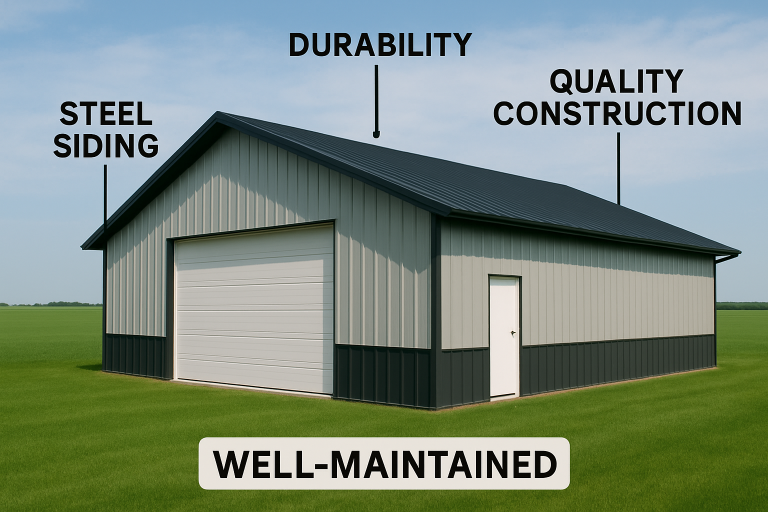For farmers and agricultural professionals, the longevity of farm structures is not just a matter of convenience—it’s essential to the success and safety of a farming operation. Investing in quality materials can substantially affect how well a farm building stands up to years of wind, rain, pests, and everyday use. Durable structures also offer greater peace of mind and support a farm’s ability to grow and adapt.
Investing in superior materials is a strategic move that often leads to savings in the long run. By ensuring that buildings last longer and require fewer repairs, farm owners also reduce disruptions to operations. To learn more about companies that provide these materials and construction techniques, you can visit the About Us Page of trusted providers to find additional information about their approach, solutions, and expertise.
Benefits of Using High-Quality Materials
- Durability: Advanced construction materials like steel and engineered fabric resist corrosion, rot, and daily wear—a crucial advantage in agricultural settings. This extends the functional life of the structure far beyond what lower-quality alternatives can offer.
- Cost-Effectiveness: While the up-front price of quality materials can be higher, the long-term savings make up for the investment. Farmers face fewer costly repairs, emergency interventions, and premature replacements, resulting in lower total ownership expenses.
- Energy Efficiency: High-efficiency materials—such as modern insulation or tightly engineered cladding—help regulate internal temperatures, yielding substantial energy savings and creating a better environment for stored crops or livestock.
Weather extremes, from harsh winters to blazing summers, can damage traditional building components. High-quality materials chosen specifically for local conditions and intended applications effectively shield against these stresses. Over time, these materials have outlasted cheaper alternatives, frequently boosting the property’s resale value.
In addition, choosing responsibly sourced or recycled premium materials supports sustainable farming practices and aligns operations with evolving environmental standards, which is increasingly important for today’s agricultural businesses.

Common High-Quality Materials for Farm Structures
- Steel: Recognized for its immense strength and durability, steel remains largely impervious to damage from pests, fire, and water. Modern coatings make steel even more corrosion-resistant, guaranteeing decades of use with minimal upkeep.
- Engineered Fabric: Used in tension buildings and storage facilities, engineered fabric is lightweight and incredibly tough. These materials resist rust and UV exposure and offer flexible design options for various agricultural operations.
- Recycled Metal: Increasingly popular for eco-conscious farms, recycled metals offer excellent structural integrity while promoting sustainability. They work well for roofing, siding, or mainframe components, supporting green agriculture initiatives.
Maintenance Tips for Longevity
1. Conduct Routine Inspections
Frequent checks of structural joints, surfaces, and roofing can help spot problems—like rust patches or water leaks—before they escalate. Early intervention is key to longevity.
2. Manage Ventilation and Moisture
Proper airflow keeps excessive humidity at bay, preventing both mold and corrosion. Installing vents or fans, especially in animal housing or equipment sheds, preserves the material’s strength.
3. Apply Protective Coatings
Protective sealants or advanced coatings are essential for metals and engineered fabrics exposed to the elements. These measures protect against oxidation and UV degradation.
Final Thoughts
Building smart begins with choosing the right materials. Quality farm structures result from informed decisions regarding steel, engineered fabric, and recycled components. These choices directly translate to long-term savings, increased safety, and environmental responsibility. With periodic inspections and proactive care, these buildings will endure, returning value year after year and forming the backbone of successful agricultural enterprises.


